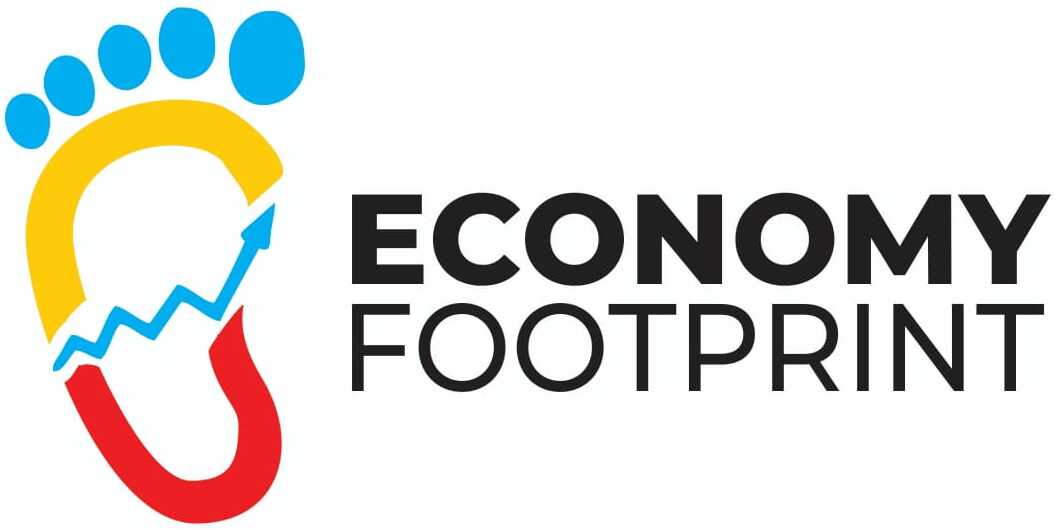Up until 2015, Nigeria was one of the world’s largest importers of rice importing in excess 1.3 million metric tones of rice annually from Thailand alone, based on the statistics from the Central Bank of Nigeria (CBN). Aggregately, Nigeria imported millions in metric tones of rice annually. Further data showed that Nigeria spent $2.41 billion on rice importation between January 2012 and May 2015. Rice and other foods import were huge drains on Nigeria’s foreign exchange. A huge chunk of Nigeria’s forex earnings from crude oil sales are sunk into financing food importation, some of which we even have comparative advantage to produce.
Rice particularly became even a commodity for economic sabotage from Nigeria’s neighbors. Tones of rice were smuggled into Nigeria illegally, robbing Nigeria’s economy off revenues whilst enriching her neighbours that have become safe haven for smugglers. Benin republic particularly was a huge importer of rice, but was consuming less than 10 percent of its annual imports – the rest of the rice ended in Nigeria, legally and illegally. Of course, the smuggled rice far outweighed those that came in through custom controlled borders.
Worried by this and the seemingly incapacitated disposition of the Nigerian Customs Service (NCS) top stop rice smuggling, the CBN introduced the novel Anchor Borrowers Programme (ABP) introduced in2015 sought to end rice foreign rice dependency.
The CBN reckoned that Nigeria had the land and capability to produce sufficient rice locally and for exports too thus, introduced a deliberate funding mechanism to energize local farmers and millers meet the growing rice demand.
The AB Programme launched by President Muhammadu Buhari (GCFR) on November 17, 2015 is creates a linkage between anchor companies (millers in the case of rice) involved in the processing and small holder farmers (SHFs). The Rice Farmers Association of Nigeria (RIFAN) and Rice processors Association of Nigeria (RIPAN) will later be the key stakeholders in driving the programme.
Six years down the line, Nigeria’s rice import dependency has dropped by over 70 percent and counter. Some rice farmers and far within the value chain have been millionaires, something that was almost considered impossible just six years ago. Rice pyramids have also sprung up across the country.
Also data from the Nigeria Export Promotion Council (NEPC), by 2019, Nigeria’s rice production averaged 4.5 million MT, the highest level in Africa. This suggest Nigeria’s rice import may have dropped to less than one million MT.
Giving a score card of the programme recently in Abuja at the unveiling of FCT Mega Rice Pyramids under The RIFANCBN Anchor Borrowers’ Programme by President Muhammadu Buhari, the CBN Governor, Mr. Godwin Emefiele said “the Anchor Borrowers’ Programme has catalyzed the rural economy and has built a sustainable framework for financing small holder farmers in Nigeria” adding that “the Programme has developed an ecosystem among all nodes of the agricultural value chain and these linkages can be better optimized through synergy among all stakeholders.”
He said “as at the end of December 2021, we have financed 4,489,786 farmers that cultivated 5,300,411 hectares across 21 commodities through 23 Participating Financial Institutions in the 36 States of the Federation and FCT.”
the CBN Governor would further state that these efforts have yielded fruits in not just increasing the availability of rice, but also in moderating prices, reducing imports and increasing job creation in the country.
He also said Nigeria’s rice import statistic is refreshingly dropping. “Thailand alone exported 1.3 million metric tons of rice to Nigeria in 2014. The ABP was launched in 2015 to curtail these imports, and since then, we have seen incremental reductions in rice imports from Thailand. By 2016, rice imports from Thailand had fallen to only 58,000 metric tons. As of the end of 2021, they only exported 2,160 metric tons to Nigeria, thereby saving us foreign exchange and helping preserve jobs in Nigeria.”
“Beyond increasing our national output from about 5.4 million metric tons in 2015 to over 9 million metric tons in 2021, we have also significantly improved the productivity per hectare of the smallholder farmer from about 2.4 metric tons per ha in 2015 to between about 5 metric tons per ha in 2021. These expansions have not only made Nigeria the largest rice producer in Africa, but has also unlocked enormous private sector investment in the rice value chain as the number of Integrated Rice Mills grew astronomically from 6 in 2015 to over 50 in 2021 with many more in various stages of completion. Today, Nigeria’s milled rice matches the foreign rice in quality” Mr. Emefiele said excitedly.
No dice. Gains have been recorded in the six years deliberate investments in the rice value chain. But how sustainable would this be with the growing insecurity across the country? Insecurity has impacting farmers ability to access their farms and pay back their loans. It is obvious hundreds, if not thousands of farmers may have already defaulted in their ABP loans repayment because of the impact of terrorism within their locality. Should the insecurity fester, the gains of the ABP may be rolled back unfortunately and, Nigeria return to the ignoble days of huge rice import bills.
Again, will be the next CBN Governor be willing to continue the heterodox policy of the Godwin Emfiele led CBN? Should he or she decides to focus on core monetary policy issues, what would become of the ABP? Would the Federal Ministry of Agriculture or the ailing bank of Agriculture (BOA) be able to step in the gap? Time shall naturally provide answers to these nagging questions but for now, at Economy Footprints we challenge both the CBN and the Federal government to make the ABP programme outlive Godwin Emefiele.












